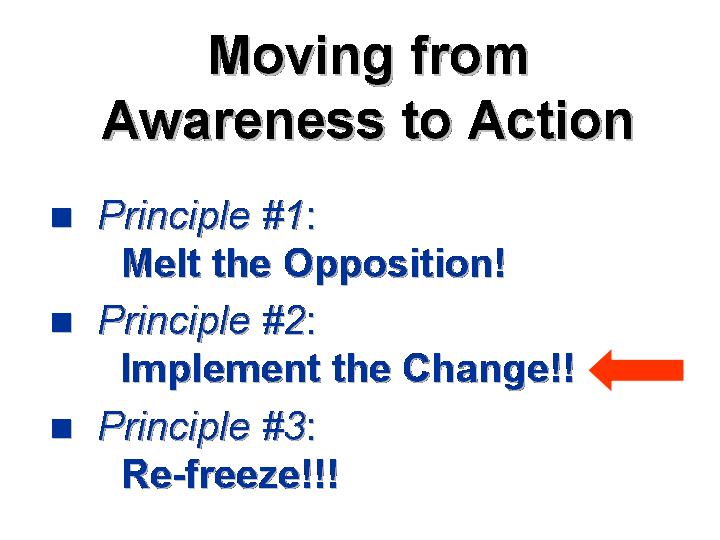FLASHBACK TO 2007: Canadian Water Network funded a 'Knowledge Translation Strategy' led by Dr. Hans Schreier
Note to Reader:
In 2007-2008, the University of British Columbia (UBC) was the lead organization for a national initiative led by Dr. Hans Schreier. The subject area was Rainwater Management and the objective was to create a national network of experts that collaborate and share their experiences. To make things happen, Dr. Schreier and his team received a grant from the Canadian Water Network to promote a ’knowledge translation strategy’.
Program of Regional Conferences
“Rapid urban expansion, increased traffic, ageing infrastructure, greater climatic variability, and the need for enhanced sustainability of urban water resources pose significant challenges to conventional rainwater/stormwater management,” wrote Hans Schreier in an article published in 2009 about the ‘knowledge translation strategy.
![]() “Innovative approaches are needed in order to mitigate the risk of flooding, pollution, and aquatic ecosystem degradation, and enhance beneficial uses of urban waters. To examine such approaches, a series of three regional conferences on innovative rainwater/stormwater management were held in Vancouver, Calgary, and Toronto during 2007 to 2008 under the sponsorship of the Canadian Water Network (CWN) and the Canadian Mortgage and Housing Corporation (CMHC).”
“Innovative approaches are needed in order to mitigate the risk of flooding, pollution, and aquatic ecosystem degradation, and enhance beneficial uses of urban waters. To examine such approaches, a series of three regional conferences on innovative rainwater/stormwater management were held in Vancouver, Calgary, and Toronto during 2007 to 2008 under the sponsorship of the Canadian Water Network (CWN) and the Canadian Mortgage and Housing Corporation (CMHC).”
Scope of Research Effort
The key issues addressed by the UBC-led team of researchers were:
- Increasing infiltration on-site by influencing the rainfall-runoff processes and thus reducing flow variability in streams.
- Reducing the impacts of pollutants by retaining sediments and pollutants in ponds and wetlands, and utilizing processes of sedimentation, adsorption and precipitation.
- Address the long-term maintenance problems of how to deal with the pollutants that are accumulating in existing stormwater detention systems.
- Examine scaling and cumulative effects when building a comprehensive and integrated rainwater management system in a watershed context.
“Funding provided by the Canadian Water Network enabled us to bring together a pan-Canadian team of academics and practitioners. Three universities – UBC, Guelph and Waterloo – were involved in the project,” reports Hans Schreier.
The Way Forward
As part of the main conference program, Richard Boase of the District of North Vancouver made a presentation titled New Directions in Urban Watershed Health. This provided conference attendees with an overview of how the Water Balance Model enables local governments and the land development community to make better decisions.
Richard Boase provided examples from his municipality, the City of North Vancouver, the City of Courtenay, and the City of Chilliwack to illustrate how changes in standard practices are currently being implemented throughout British Columbia. “A key message is that we can achieve cumulative benefits one site at a time by implementing design with nature infrastructure regulations and practices,” stated Richard Boase.
Integration at Three Scales
“Innovative stormwater management and its planning should begin with rainwater management at the site or individual property level. The next consideration is to link these activities to the neighbourhood level, and then to scale them up to the  watershed level,” explains Hans Schreier.
watershed level,” explains Hans Schreier.
“A new water balance model that is linked to a global information system (GIS) and works at all the three scales offers the best option to conceptualize rainwater/ stormwater problems, and their mitigation, in urban watersheds.”
“The recommended approach emphasizes the use of a wide range of combinations of innovative measures, rather than focusing on single innovations, in order to hedge against uncertainties and to integrate individual efforts between the site, neighbourhood, and watershed levels.”
Overcoming Fear and Doubt to Implement Changes in Infrastructure Practices
The ‘knowledge translation strategy’ was launched at the University of British Columbia in June 2007. This kick-off event comprised a pre-conference workshop, conference and green infrastructure tour. Kim Stephens, now Executive Director of the Partnership for Water Sustainability in British Columbia, was a featured presenter. As part of the conference program, he provided a historical perspective in response to this question:
Obstacles to innovations: how to introduce changes into stormwater management?
“Actually, in British Columbia we have moved beyond that question,” stated Kim Stephens. “It symbolizes where our mind-set was during the 2000-2001 period when we literally had to overcome fear and doubt in order to move ahead with  projects such as the East Clayton Sustainable Community in Surrey, and UniverCity on Burnaby Mountain.”
projects such as the East Clayton Sustainable Community in Surrey, and UniverCity on Burnaby Mountain.”
Stephens then referenced Chapter 11 from Stormwater Planning: A Guidebook for British Columbia to elaborate on what is involved in overcoming barriers and accomplishing institutional change.
Drawing on the Guidebook, Stephens reviewed the seven primary barriers that can stymie the paradigm-shift from awareness to action. For each bullet, he turned a negative into a positive. “Champions have emerged throughout British Columbia, we have recognized the need to change, and we are increasingly confident as to how to move forward,” he noted.
To Learn More:
To access a set of articles posted on the Rainwater Management community-of-interest in 2007, click on Canadian Water Network funded a ‘Knowledge Translation Strategy’ led by Dr. Hans Schreier.
To read an article co-authored by Hans Schreier and Jiri Marsalek in 2009, and published in the Water Quality Research Journal of Canada, click on Innovation in Stormwater Management in Canada: The Way Forward.




